
Joined the laboratory in 2025
My research focuses on the search for new isotopes and the exploration of the driplines in rare isotope science, as well as the development of production and separation studies for rare isotopes.
View profile

Joined the laboratory in 1994
The focus of my research is centered on the study of exotic nuclei and the most efficient ways to unravel their properties.
View profile
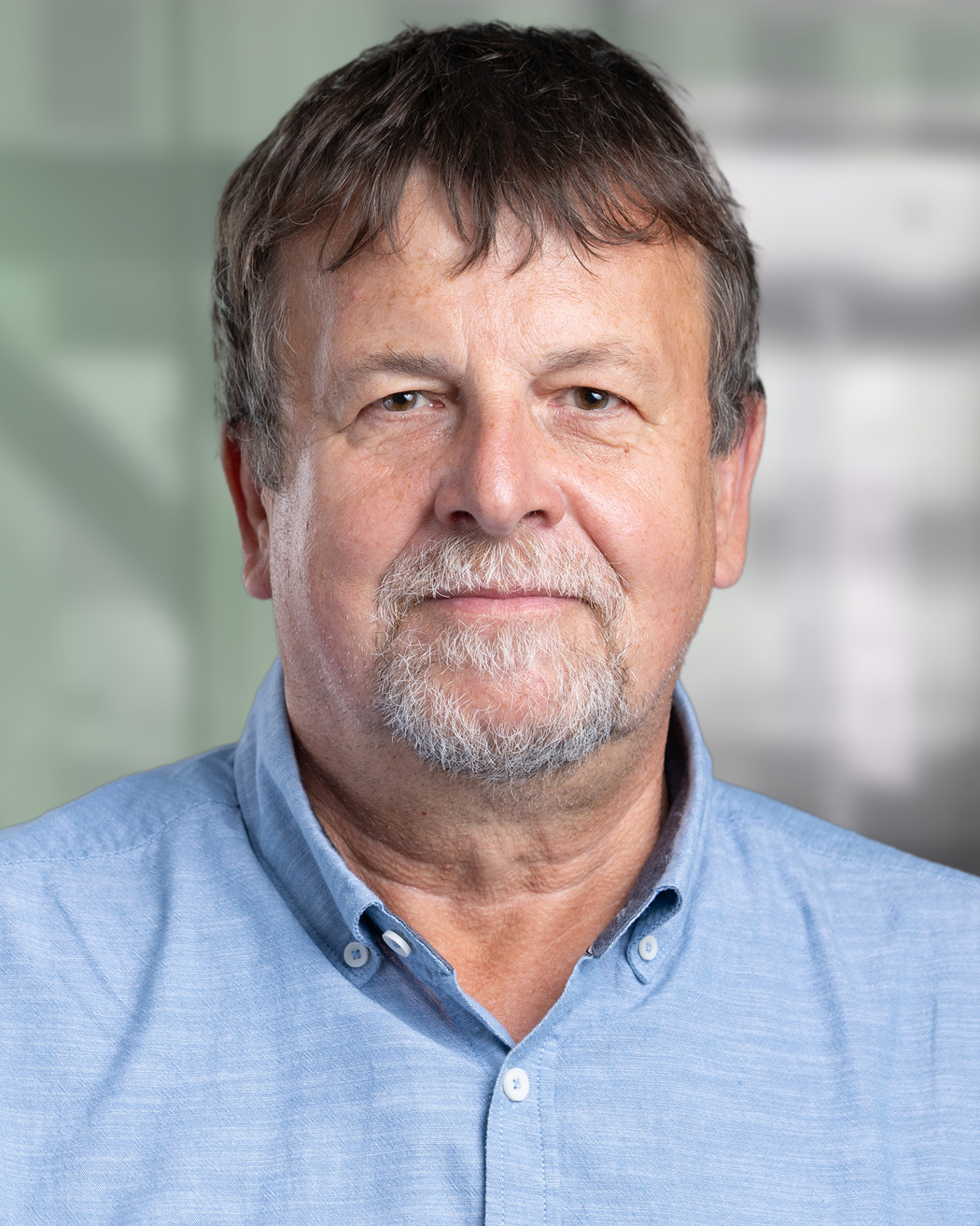
Joined the laboratory in 2000
My research interests are related to nuclear and atomic physics with focus on the study of basic properties of atomic nuclei very far away from the valley of stability.
View profile

Joined the laboratory in 2002
The focus of my research is the structure of atomic nuclei in the regime of very unbalanced proton and neutron numbers.
View profile
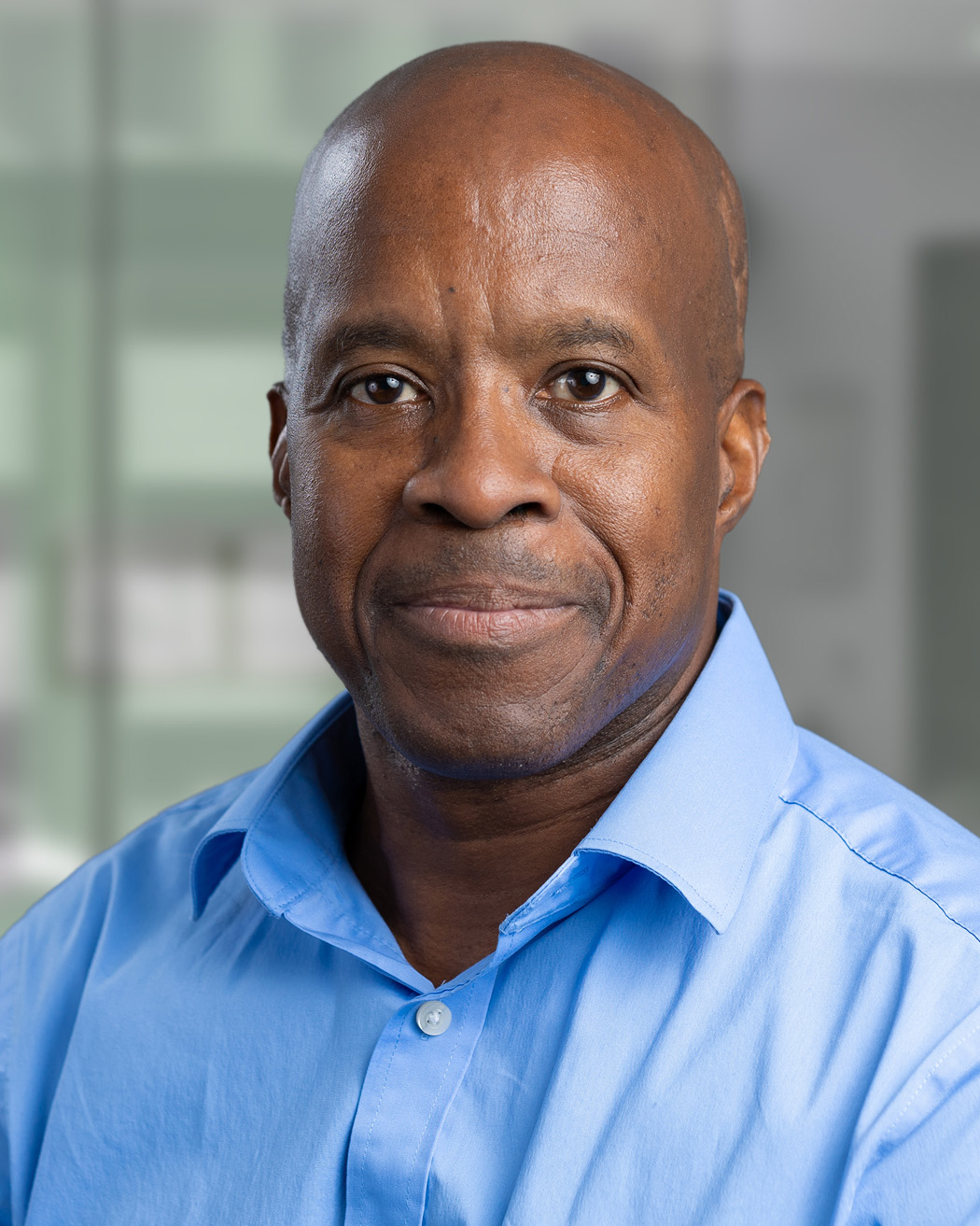
Joined the laboratory in 2018
My research is in experimental nuclear physics with a focus on neutron-rich isotopes along the neutron dripline.
View profile

Joined the laboratory in 2009
My research focuses on the investigation of the structure and dynamics of rare isotopes which have unusual proton-to-neutron ratios compared to stable nuclei that exist in nature.
View profile

Joined the laboratory in 1980
We have a broad experimental program in nuclear physics. The main thrust of our program is to determine how the equation of state of nuclear matter changes when we increase the fraction of nucleons that are neutrons in the matter.
View profile

Joined the laboratory in 2004
My current research interest is to measure the size, shape, or the charge radius of radioactive nuclides that occur near the limit of nuclear existence.
View profile

Joined the laboratory in 2011
Since my university studies, first in Germany and later in France, I involved myself in very general problematics, such as the foundation of quantum mechanics (Bell inequality), together with more practical applications, such as nuclear energy and environment.
View profile
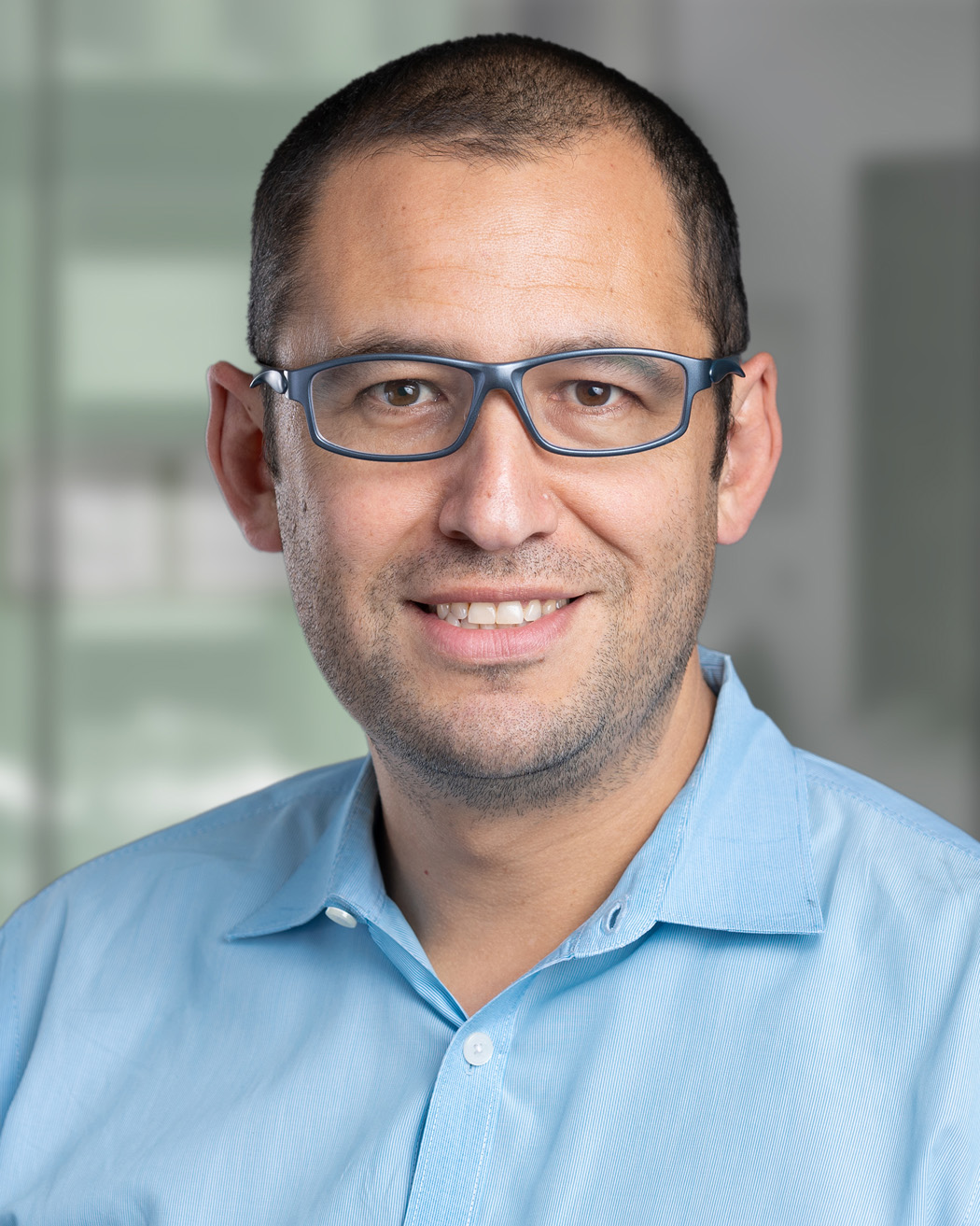
Joined the laboratory in 2007
My research is in the field of experimental nuclear astrophysics.
View profile

Joined the laboratory in 2010
My research interests reside at the interface between nuclear and particle physics.
View profile
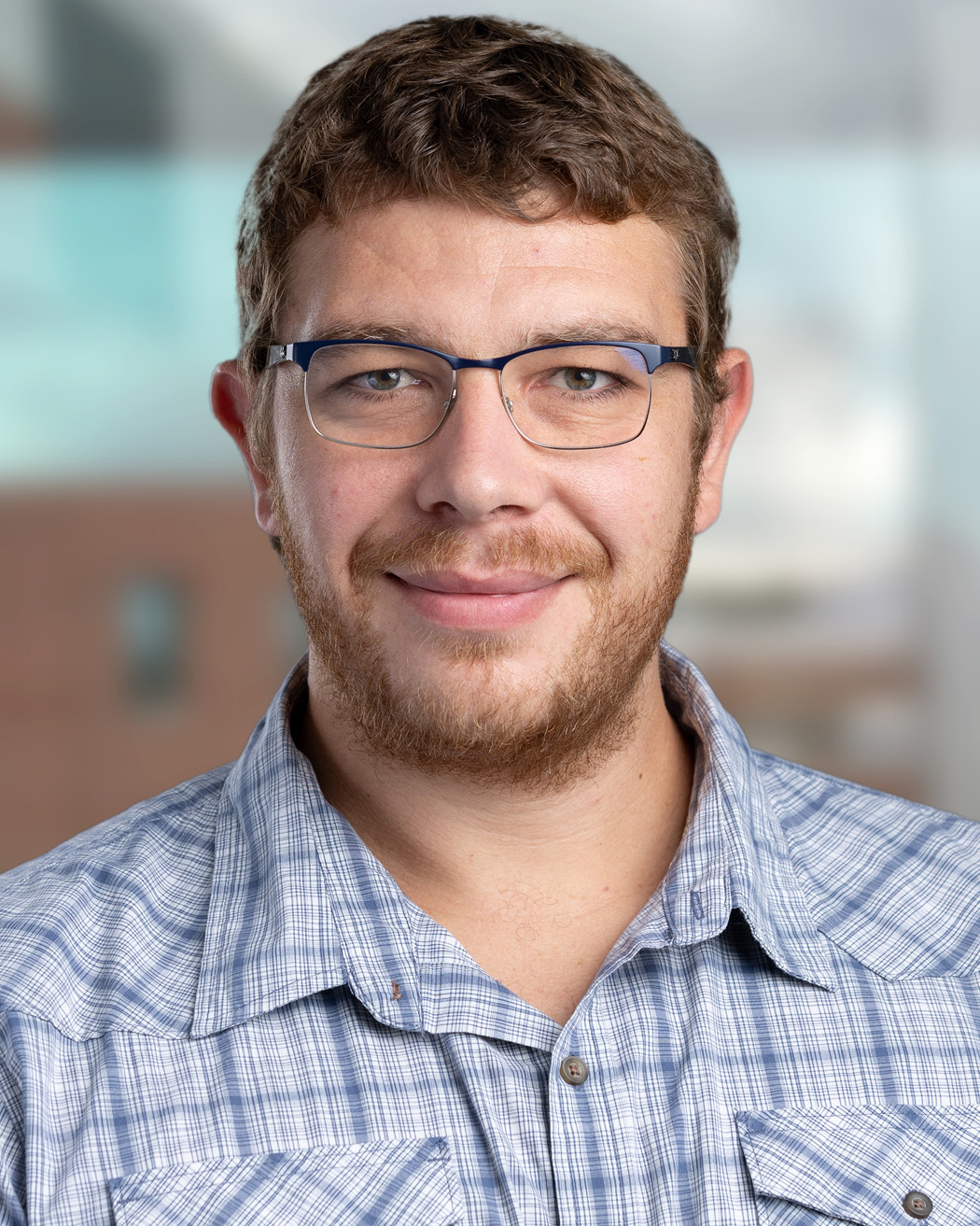
Joined the laboratory in 2023
My research interests hinge around the study of nuclear forces at play in nuclei with large neutron to proton asymmetry.
View profile

Joined the laboratory in 2009
My primary research interests include nuclear structure, nuclear astrophysics, and fundamental interactions.
View profile

Joined the laboratory in 1999
The goal of our experimental and theoretical research program is to understand the nuclear processes that shape the cosmos by creating elements and generating energy.
View profile

Joined the laboratory in 1985
I study methods for production and separation of rare isotopes.
View profile

Joined the laboratory in 2014
Physicists believe that there were equal amounts of matter and antimatter in the early history of the universe, but now the observable universe is composed of matter – so how did the antimatter vanish?
View profile

Joined the laboratory in 2007
The elements we observe today on earth were all created inside stars. My group works on understanding how different stellar environments contribute to the synthesis of elements we see in the universe.
View profile
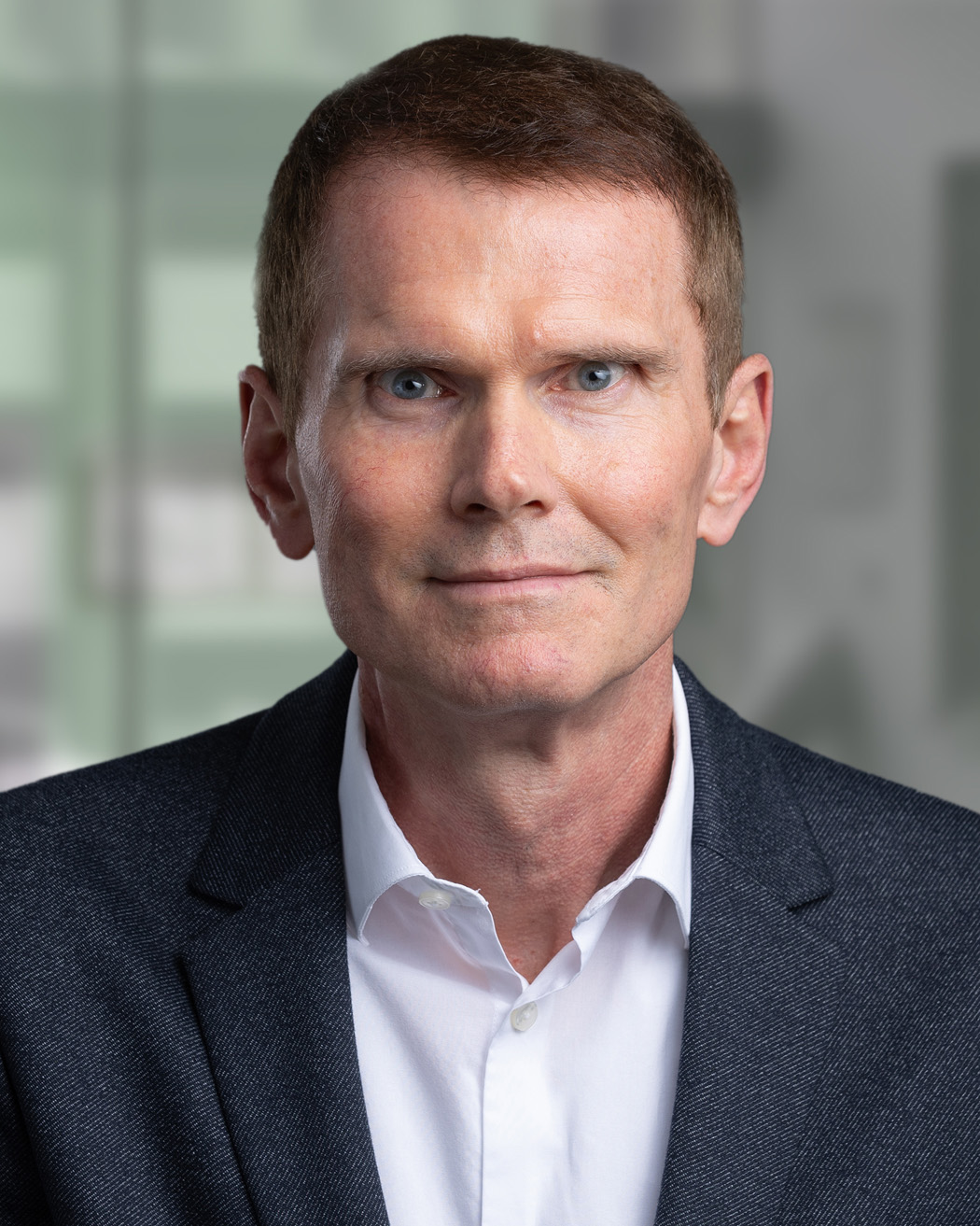
Joined the laboratory in 2001
My primary research interest is centered on the production of rare isotope beams with fragment separators and the study of the structure of nuclei at the limits of existence.
View profile
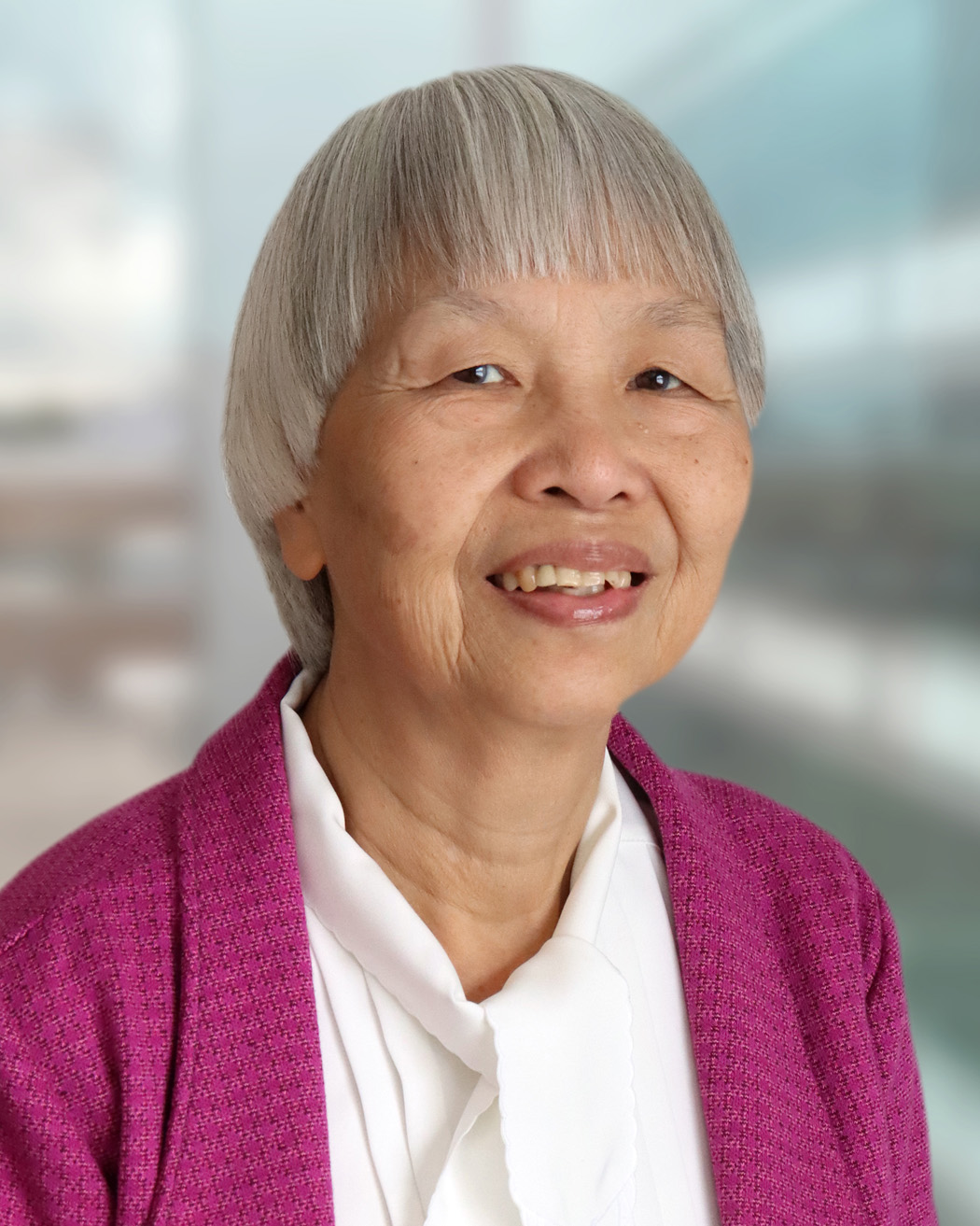
Joined the laboratory in 1980
As an experimentalist, I study collisions of nuclei at energies at approximately half the speed of light.
View profile

Joined the laboratory in 2025
My research involves precisely investigating the properties of atomic nuclei by measuring their influence upon electrons that are bound to them in atoms and molecules. This is achieved through irradiating beams of radioactive atoms with intricate sequences of laser pulses, whereby electrons are sequentially excited and then ionized to reveal the electromagnetic properties of the nuclei at the heart of them.
View profile
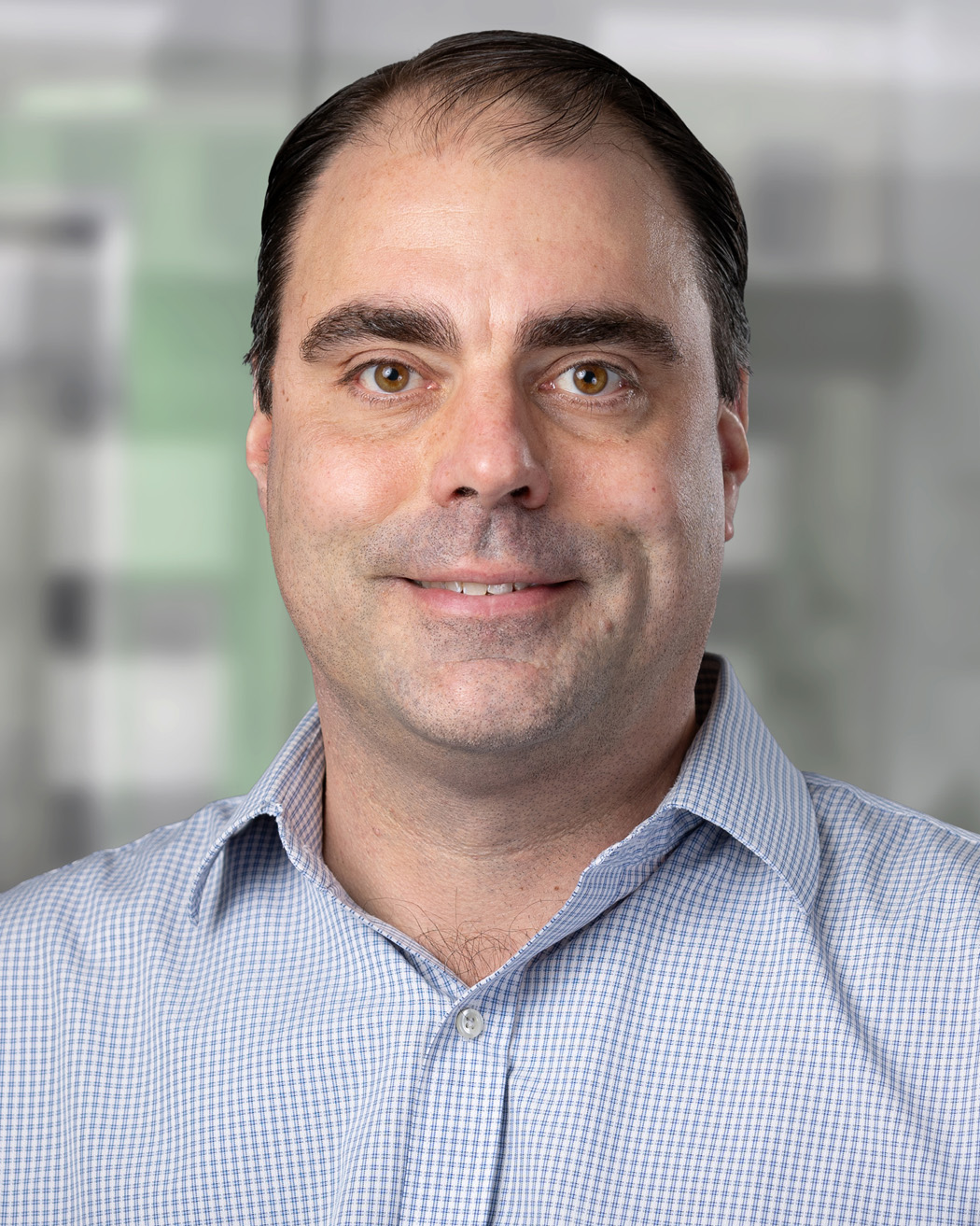
Joined the laboratory in 2011
Our research focuses on studying nuclei experimentally to probe fundamental questions about our Universe.
View profile

Joined the laboratory in 2023
Why is the Universe we live in made of matter, instead of anti-matter? What is dark matter made of? These mysteries in modern physics can be addressed by studying the fundamental symmetries of nature. My research at FRIB investigates these fundamental questions using ‘table-top’ size experiment.
View profile

Joined the laboratory in 2003
The research in our group focuses on the spin-isospin response of nuclei of relevance for astrophysics, neutrino physics, giant resonances and evolution of nuclear structure.
View profile
























